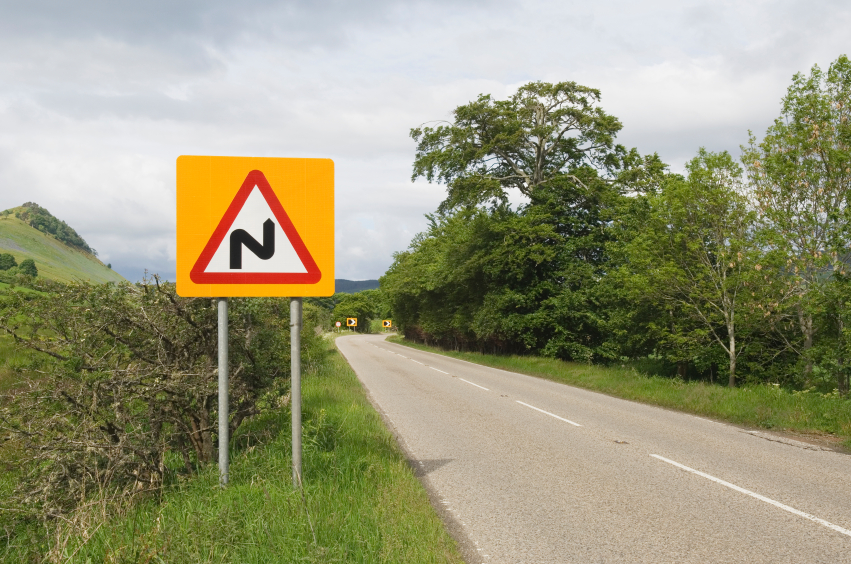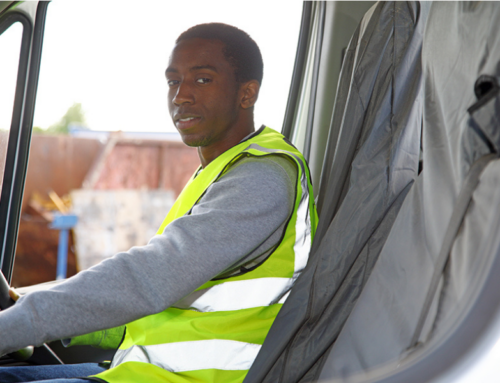This week’s blog looks at driving on rural roads, and the key points your drivers should be aware of.
Rural roads – more dangerous by a country mile
Rural roads in the UK have the same number of collisions as urban roads, but a far greater number of fatalities.
In 2021, there were in the region of 29,000 collisions on urban and on rural roads alike – however, 541 people died on urban roads and 840 on rural roads – 55% more. (RAS0302)
Commercial vehicle drivers, in particular, are highly schooled in the dangers of urban driving, and in moving safely around high numbers of vulnerable road users, and high volumes of traffic.
However, the relatively quiet rural roads may not receive as much attention – despite presenting dangers of their own.
The most common crash types on rural roads are collisions at intersections, head-on collisions and running off the road. Almost 7,000 drivers a year crash because they lose control of their vehicle – and a common reason is inappropriate speed on country roads.
Drivers must keep their speed sufficiently low that they can react to the unexpected, whether that is a sharp turn, vulnerable road users, or oncoming traffic.
The risks on rural roads
Key risks on rural roads include:
– Blind bends and blind summits. Drivers must go slowly enough to be prepared for any other road user to appear around the corner.
– Narrow roads. This can necessitate giving way to oncoming traffic or pulling into a gateway or passing place.
– Excessive speed. Most rural roads are national speed limit, which is 60mph for most cars and vans, and 50mph for trucks and buses. However this does not mean it is safe to travel at this maximum speed. It is a limit, not a target.
Other risks include:
– Farm deposits on road surfaces – mud and silage can make country lanes slippery.
– Cyclists, motorcyclists and horse riders all use rural roads, and must be given wide passing areas at slow speeds – see the Highway Code rules on overtaking. Pedestrians may also be on the road with no pavement available.
– Very sharp turns are common on rural roads.
– Hidden infrastructure, such as narrow stone bridges and cattle grids.
– Fluctuating light levels – rural roads are more likely to be closely lined with trees or high hedgerows which can dapple light and shade across the road. This can be particularly problematic for AEBS systems and for those wearing light-reactive eyewear.
– Fewer safer features – such as cats’ eyes, barriers etc – are on rural roads, and at night visibility is often limited to headlight reach alone.
– Poor road surfaces may be more common.
– Sat-navs may not direct drivers the best way for large or bulky vehicles.
– Animals including pheasants, sheep, dogs, horses, badgers or deer, animals can emerge onto rural roads at any time.
– Frustration. Tractors move slowly and it may take a long time to find a suitable passing point. Hasty overtaking can be very dangerous.
Rural roads can be treacherous, and drivers must be fully alert and drive at an appropriate speed so that they can react to the twists, turns and surprises rural roads will throw at them.
It’s important to identify, understand and manage risks that anyone who drives for your organisation both faces and creates. In practice, a great way to prove that you take that responsibility seriously is by carrying out driving at work risk assessments, and following a driving for work policy template.






